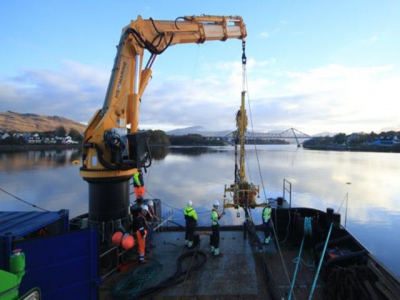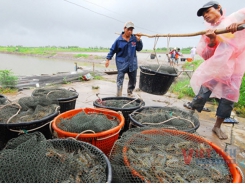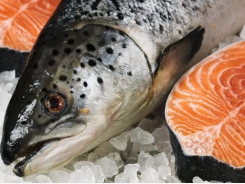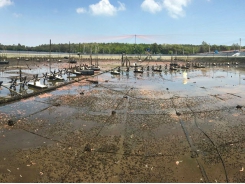Groutless anchors could help aquacultures push offshore

Engineers from Scotland's energy sector are developing ‘groutless’ anchoring for aquaculture which could support the industry in finding ways to anchor farms in new locations.
Sustainable Marine Energy, the tidal energy technology specialist; the University of Dundee; marine equipment supplier, Gael Force Group; and the Scottish Aquaculture Innovation Centre (SAIC) are exploring the approach, which relies on using much lighter anchors which form a mechanical ground lock without the need for resin or grout.
The technology is currently used in the energy sector at highly energetic marine energy sites, said a press release.
“For some time we have seen applications in other sectors that would benefit from adaptations to our rock anchoring technology," said Andy Hunt, chief engineer for anchoring and connectivity at Sustainable Marine Energy. "For us, this project brings together a very strong Scottish team of project partners with the appropriate skill set and experience to develop the right rock anchoring solution for the aquaculture market. Together, we can quickly begin to unlock the sector’s latent potential, by opening up areas hitherto unsuitable for aquaculture farms.”
Michael Brown, reader at the University of Dundee’s Geotechnical Engineering Research Group, said: "The challenge from an engineering perspective is to develop an anchor that is efficient, easy to design and works in a variety of rock types and rock mass conditions. While it is easy to design a heavy and expensive rock anchor that works well in all scenarios, we need to refine the anchoring system specifically for aquaculture application."
“To achieve this, we will use both scale-model testing and calibrated numerical simulation of the rock anchor systems under realistic operational conditions. This is a specialist area of expertise at the University of Dundee, currently being used to develop foundation and anchoring systems for tidal stream generators and future floating wind farms.”
Adoption of the technology could allow fish and shellfish farms to look in deeper, higher energy waters which could potentially help to reduce risk of disease and sea lice infestations.
Polly Douglas, Aquaculture Innovation Manager at SAIC, added: “This technology could prove a real breakthrough for aquaculture in Scotland, enhancing sustainability in the industry and unlocking some of its latent potential. If successful, the new anchoring technique would support the industry in meeting many of the Scottish Government’s long-term ambitions for the sector, providing a sustainable foundation on which we can double the economic contribution and number of people employed in aquaculture between 2016 and 2030. It builds on many of our previous projects around the prevention of sea lice, gill health, and environmental impact by adopting approaches taken in other sectors and applying them to aquaculture.”
Related news
Tools

Phối trộn thức ăn chăn nuôi

Pha dung dịch thủy canh

Định mức cho tôm ăn

Phối trộn phân bón NPK

Xác định tỷ lệ tôm sống

Chuyển đổi đơn vị phân bón

Xác định công suất sục khí

Chuyển đổi đơn vị tôm

Tính diện tích nhà kính

Tính thể tích ao



 Cà Mau’s direction for a responsible fishery industry
Cà Mau’s direction for a responsible fishery industry  Vietnam partners with Dutch consortium to improve shrimp…
Vietnam partners with Dutch consortium to improve shrimp…